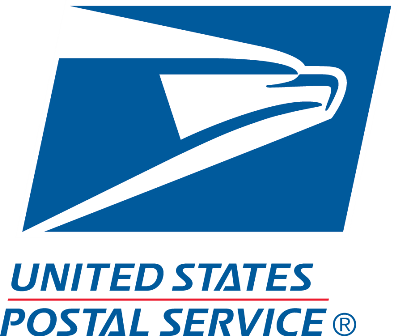This Founder Built A $3M DTC Brand By Taking On An Antiquated Industry
Hello! Who are you and what business did you start?
Hello, my name is Maximilien Perez and I am the founder of xSuit, the world’s most comfortable suit with many technical features that address all the age-old problems with suits..
Our flagship product, the xSuit, is a modern-day redesign of a classic wardrobe staple that has fallen behind an ever-evolving fashion industry.
We started by rethinking the traditional fabrics used in suits and developed the most premium stretch fabric on the market, which introduced a new level of comfort that had never been seen before in the suit industry. We then infused the fabric with a top-of-the-line patented DWR coating to render the suit liquid-repellant and resistant to stains.
Finally, we did away with classic stitching and finished the entire suit together with fusing (the first of its kind). This added an extreme amount of durability, and most of all, allows it to be machine washable.
Our first product line launched in July 2017. We did $350,000 in sales from July to September that year, and scaled to selling over 20,000 suits to date, while also growing other auxiliary product lineups such as shirts and accessories, all strictly...

Download the report and join our email newsletter packed with business ideas and money-making opportunities, backed by real-life case studies.

Download the report and join our email newsletter packed with business ideas and money-making opportunities, backed by real-life case studies.

Download the report and join our email newsletter packed with business ideas and money-making opportunities, backed by real-life case studies.

Download the report and join our email newsletter packed with business ideas and money-making opportunities, backed by real-life case studies.

Download the report and join our email newsletter packed with business ideas and money-making opportunities, backed by real-life case studies.

Download the report and join our email newsletter packed with business ideas and money-making opportunities, backed by real-life case studies.

Download the report and join our email newsletter packed with business ideas and money-making opportunities, backed by real-life case studies.

Download the report and join our email newsletter packed with business ideas and money-making opportunities, backed by real-life case studies.














































